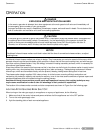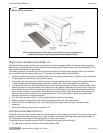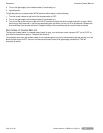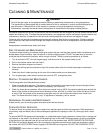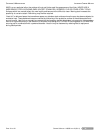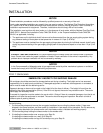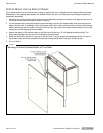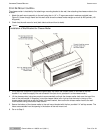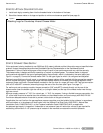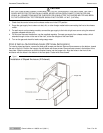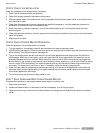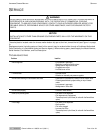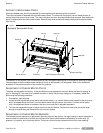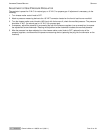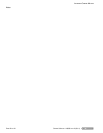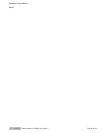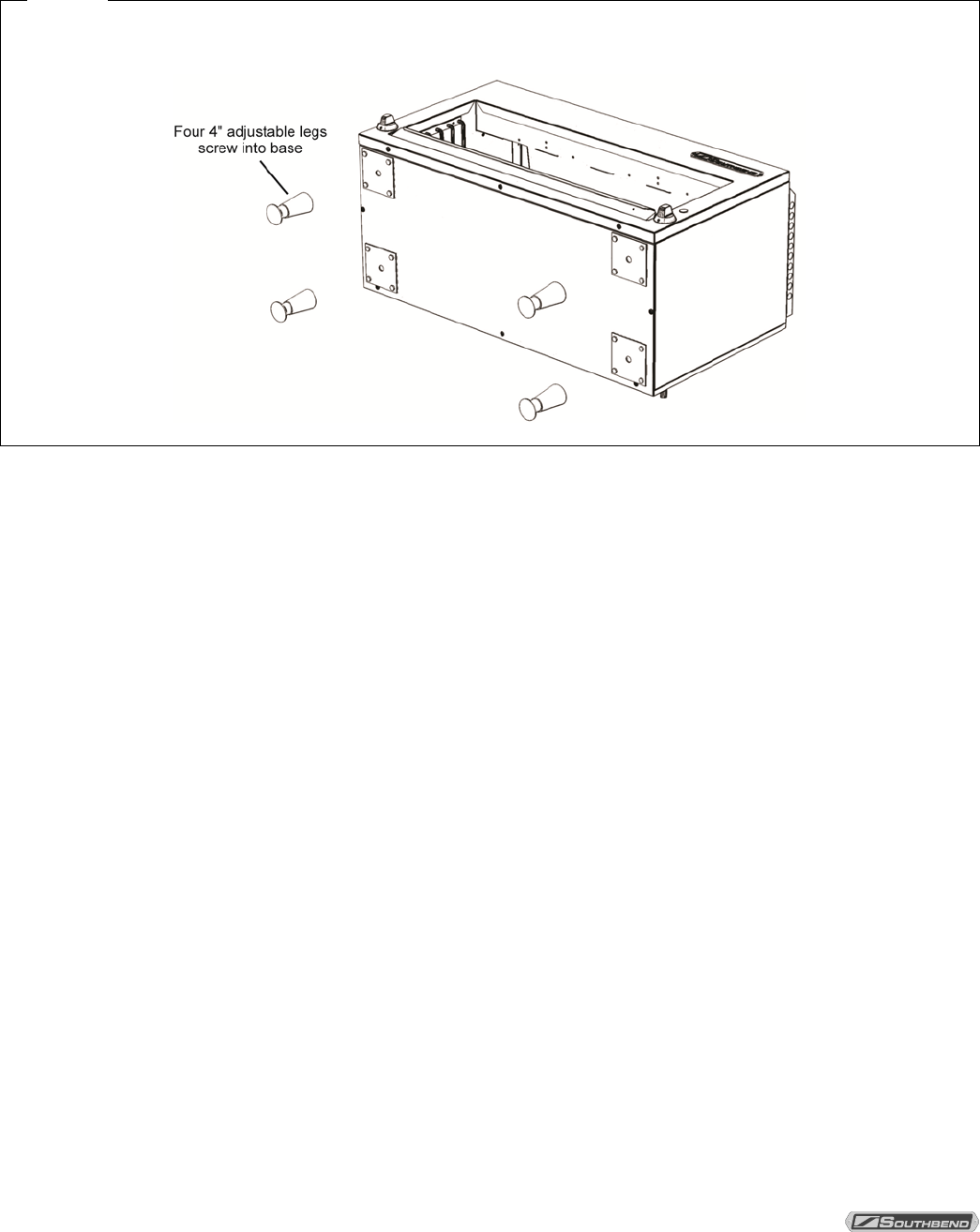
INSTALLATION INFRARED CHEESE MELTER
PAGE 16 OF 24 OWNER’S MANUAL 1186531 REV 2 (09/11)
STEP 2C: ATTACH COUNTERTOP LEGS
1. Install each leg by screwing them into the threaded holes in the bottom of the base.
2. Stand the cheese melter on its legs and position to minimum clearances specified (see page 4).
Figure 6
Attaching Legs for Countertop Infrared Cheese Melter
STEP 3: CONNECT GAS SUPPLY
If this equipment is being installed at over 2000 feet (610 meters) altitude and that information was not specified when
ordered, contact the appropriate authorized Southbend Service Representative or the Southbend Service
Department. Failure to install with proper orifice sizing will result in poor performance and may void the warranty.
The cheese melter is design-certified for operation on natural or propane gases. The cheese melter is shipped
configured and adjusted for the type of gas specified by the purchaser, which is indicated on the serial plate (see
Figure 1 on page 3). Connect the cheese melter ONLY to the type of gas for which it is configured and adjusted.
Sectional range (field mount), wall mount, or countertop cheese melters will be supplied with the appropriate regulator
and will require field piping. Restaurant range mounted cheese melters will connect to the existing regulator on the
restaurant range oven base. Cheese Melters mounted on the flue riser of a range will have a 3/8" rear gas connection
(with a 3/8" male NPT connector) extending through the rear of the flue riser (see Figure 2 on page 7).
For wall-mount and countertop models, the gas connection (3/8" male NPT) extends directly out the rear of the
cheese melter (near the bottom-right-rear corner), or (using an elbow) out the top of the cheese melter near the top-
right-rear corner.
Minimum supply pressure is 7" W.C. for natural gas, 11" W.C. for propane. If using a flexible-hose gas connection, the
I.D. of the hose must not be smaller than the connector on the cheese melter, and must comply with ANSI Z21.69.
Provide an adequate means of restraint to prevent undue strain on the gas connection.
If applicable, the vent line from the gas appliance pressure regulator must be installed to the outdoors in accordance
with local codes, or in the absence of local codes, with the National Fuel Gas Code, ANSI Z223.1, Natural Gas
Installation Code, CAN/CGA-B149.1, or the Propane Installation Code CAN/CGA-B149.2, as applicable.
An adequate gas supply is imperative. Undersized or low pressure lines will restrict the volume of gas required for
satisfactory performance. A 1/8" pressure tap is located on the manifold to measure the manifold pressure.



